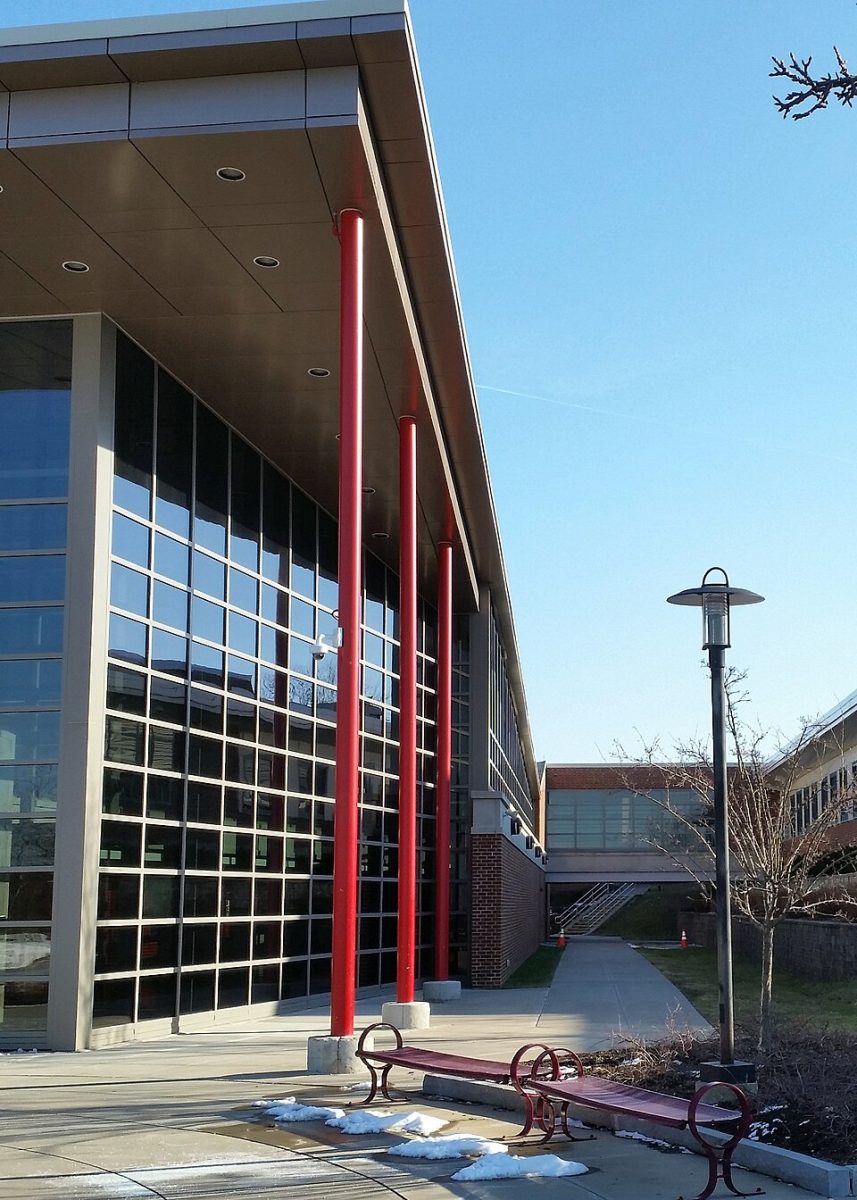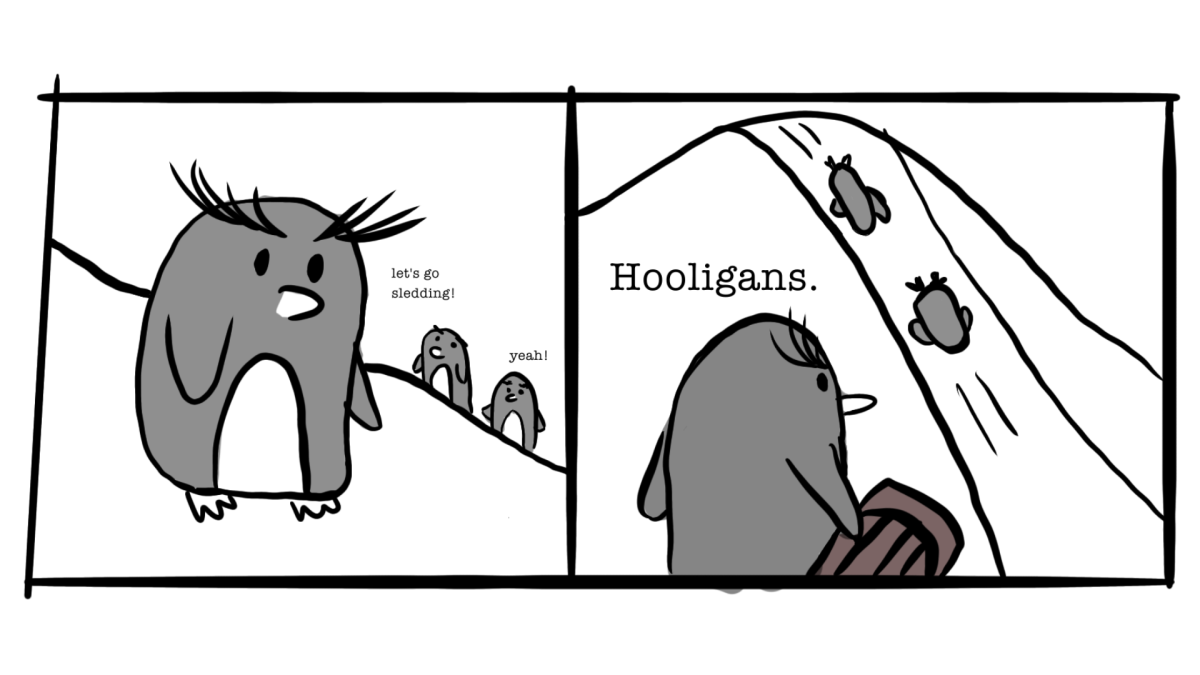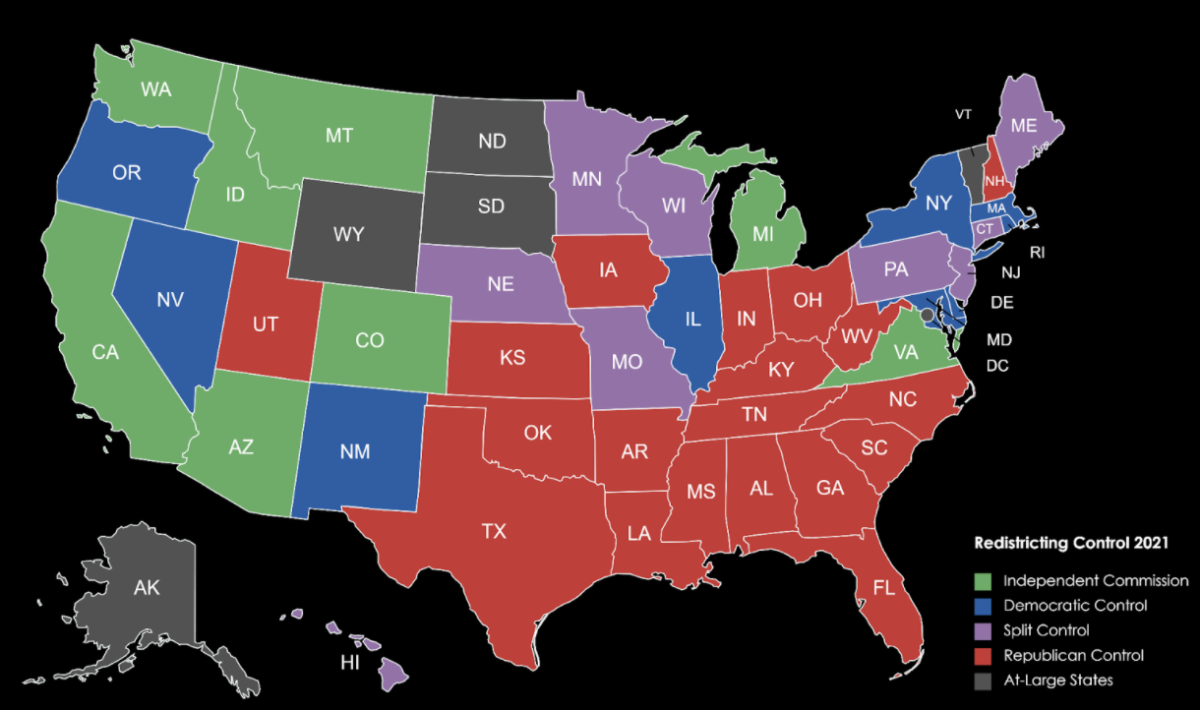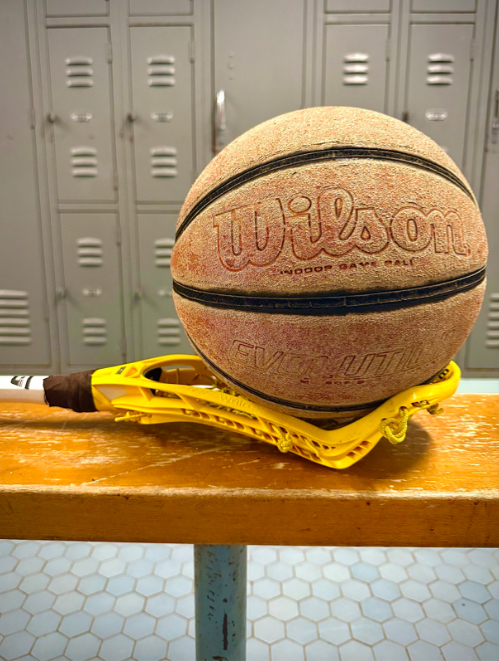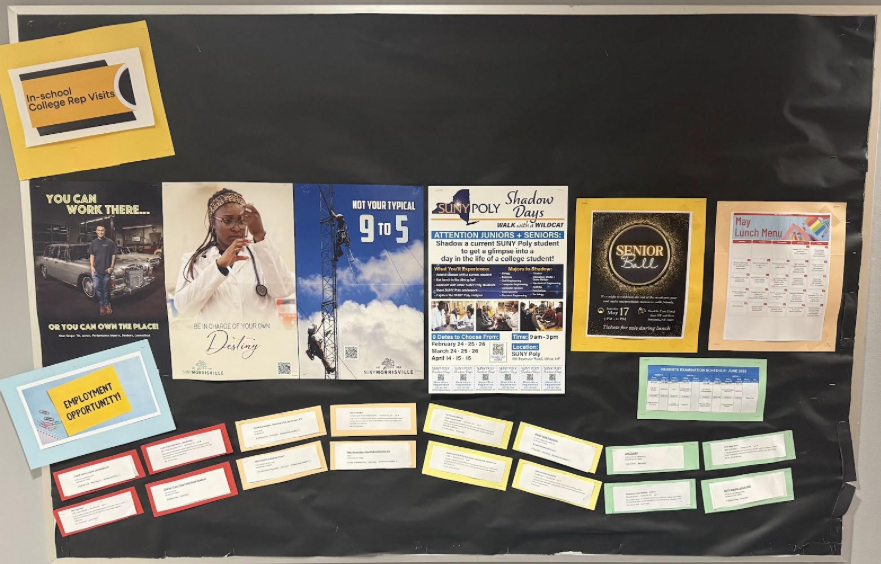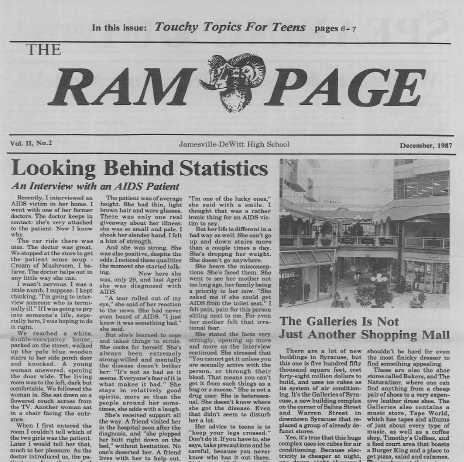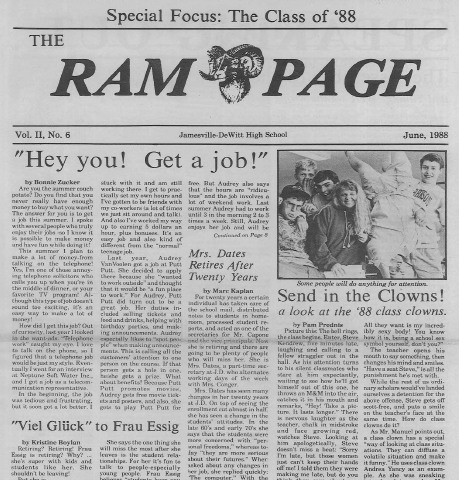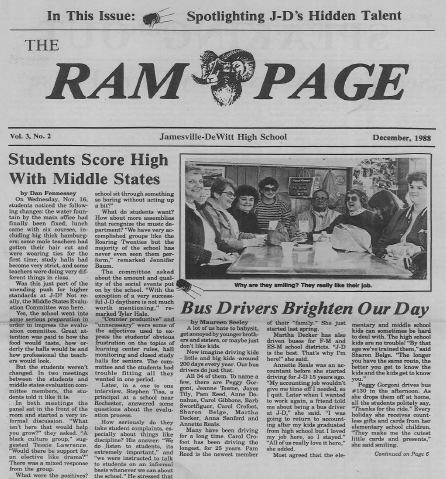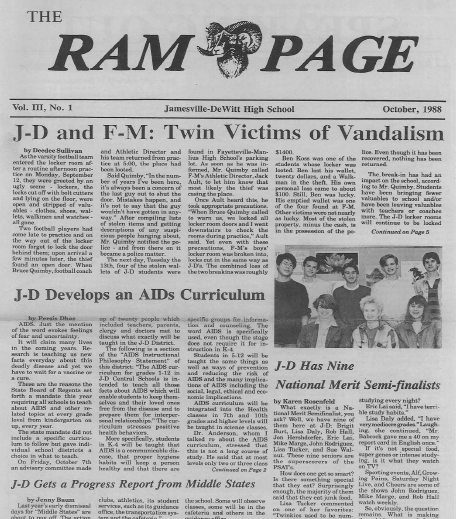As another snowstorm hits Syracuse, it is becoming increasingly important for new drivers to know how to navigate the winter terrain. This winter has been a particularly rough one, with this January having the most snowfall in the last two decades. It has snowed an incredible 47.8 inches, beating the 2011 record of 41.8 inches. It appears that the snow will only increase, so it’s a vital time for drivers to equip themselves with adequate snow-driving knowledge.
Snow, Ice, and Proper Tire Maintenance
Several factors make driving in winter dangerous. For one, the snow and ice on the road make it hard for cars to accelerate, brake, and turn safely. The smooth nature of snow and ice makes it hard for wheels to gain traction which, in turn, makes it harder for cars to function as normal. When driving fast on an icy road, drivers may find themselves taking longer to brake. To combat this, it is advised that drivers swap out their summer tires for all-season or, better yet, snow tires. Rubber, the main component of tires, hardens when it gets cold. When they harden, the wheels lose their ability to grip onto surfaces and, instead, begin to roll around with little resistance. Snow tires are built with a softer rubber that stays soft in cold weather.
On the topic of tires, drivers should make sure their tires are properly inflated. When exposed to a cold environment, molecules slow their movement and become closely packed together, like when water is cooled into ice. This can happen to the air molecules in car tires, which will deflate them. A flat tire loses its ability to support the vehicle’s weight and causes the car to skid or slide, which puts the driver at an increased risk. Driving on a flat tire can also shred the rubber and the wheel, which will require a costly fix. There are various ways to check tire pressure. Many cars will have a tire pressure signal that goes off if there is a problem. There are mini air pressure pumps that can be plugged into a car and detect tire pressure with ease. Otherwise, drivers can test pressure with their hands. When pushing against a tire, the wheel should have a little give but still be soft. Overinflated tires will be incredibly firm while underinflated tires will be soft. To inflate tires, drivers can check if they have a nearby gas station that has tire pumps.
Sliding and Problems Braking
As mentioned above, the snow and ice can make it hard for vehicles to brake as fast as usual. When driving, slow down as soon as possible. A gradual cruising to a stop will always yield better results than a sudden fast stop. If you have trouble slowing down, the main thing to remember is to keep a level head. Panicking will cloud your judgement so it is important to remain calm. Some cars have an advanced braking system that will activate when the driver pumps the brakes. While the system will try to force the car into stopping, they are not a fail-safe.
If the car is not slowing down, ease off the brakes and shift the car into its lowest gear. Turn the wheel in the same direction the car is trying to go in. Although this may seem counterintuitive, following the natural flow of the car may result in it slowing down on its own. If this happens, turn on the hazard lights. This lets other drivers know that your vehicle is experiencing difficulties driving and alerts everyone around you to be extra careful. If there is a car in front of you or if you’re headed toward a busy intersection, try to drive the car toward the passenger side and into the snow. It will be better and safer to crash into snow than to hit another person and risk taking a life.
Low Visibility
Like a downpour of rain, snow storms can reduce the driver’s ability to see. Low visibility makes it hard for drivers to see other cars and hazards on the road, which can increase the chance of a crash. Again, it is best to drive slowly in low visibility. That is unfortunately one of the only things a driver can do. Depending on how low the visibility is, it also might be a good idea to turn on the hazard lights, which can alert drivers to where you are.
When in doubt, SLOW DOWN! Whether it be snow, rain, ice, a tornado, or any situation where your safety may be compromised, lower your speed and minimize any possible distractions. Paying attention to the road can mean the difference between life and death. Remember, at the end of the day, your life matters more than the vehicle you’re in.




